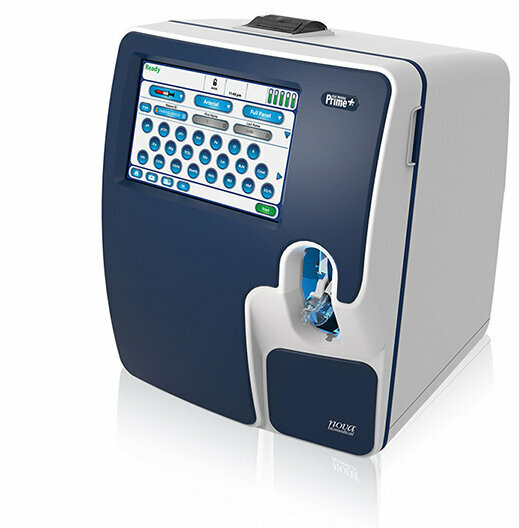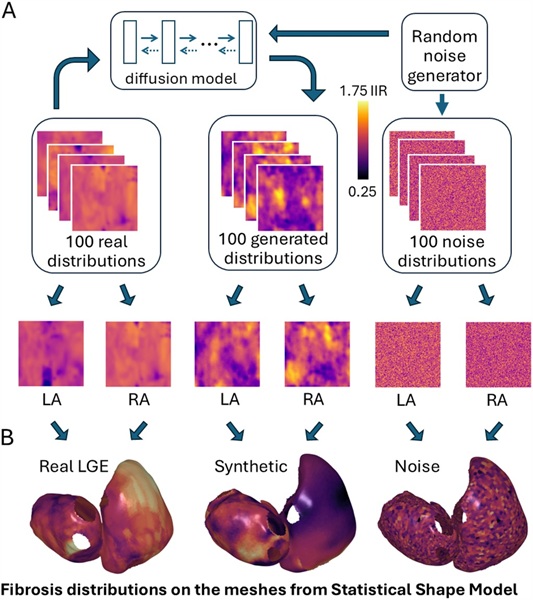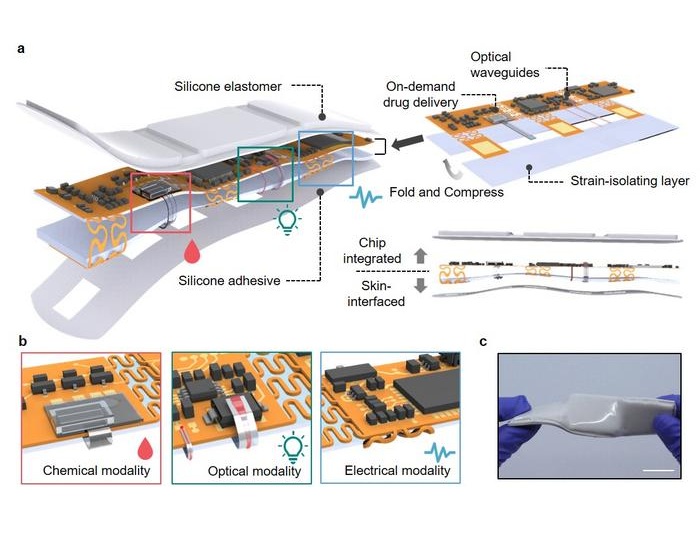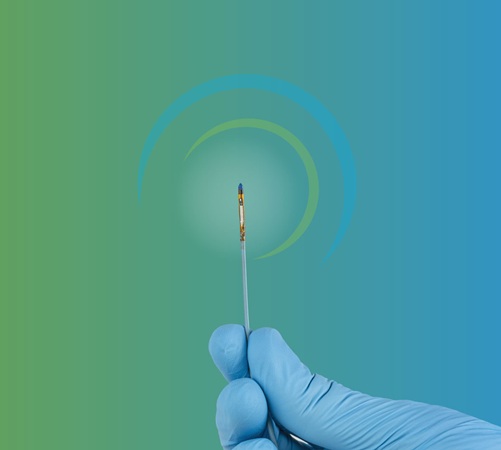New Guidelines for Xenotransplantation
|
By HospiMedica staff writers Posted on 21 Dec 2000 |
Although transplants of hearts or lungs from pigs should not be permitted at the present time, clinical trials of such transplants would be justified when researchers achieve acceptable results in animal studies and have determined there is little risk of spreading animal viruses to humans. This is one of a number of recent recommendations made by a group of leading scientists, doctors, and surgeons assembled by the International Society for Heart and Lung Transplantation (ISHLT) to review the status of cross-species transplantation and its potential for treating patients with end-stage heart and lung diseases. Their review is published in the December issue of Journal of Heart and Lung Transplantation.
The pig is considered to have the best potential as a donor, say the authors, but because of its genetic differences to humans, researchers must devise strategies to overcome the rejection of pig organs. Rejection and other hurdles must be overcome before testing can be permitted to evaluate xenotransplantation in patients. Several strategies show promise, such as humanizing pig organs by introducing certain human proteins into the pig.
Lung transplantation using a pig organ is far from becoming a reality. Continued advancements, however, could make pig-to-human heart transplants feasible within a few years, note the authors. The authors recommend that laboratory evidence would need to indicate that the transplanted pig heart could support a good quality of life for at least six months. This would need to be achieved in the absence of complications from the immunosuppressive drugs required to control rejection. The longest a nonhuman primate has survived supported by a pig heart has been 39 days.
Patients considered for an initial clinical trial should be those who are either currently excluded from receiving a human heart or are unlikely to survive the wait for a human heart and cannot qualify for mechanical heart support.
All xenotransplant trials should be regulated by national bodies that have far-reaching government-backed control, including the authority to halt them if deemed necessary. An international body, such as the ISHLT, should monitor the trials and serve as a registry of information and data.
Related Links:
ISHLT
The pig is considered to have the best potential as a donor, say the authors, but because of its genetic differences to humans, researchers must devise strategies to overcome the rejection of pig organs. Rejection and other hurdles must be overcome before testing can be permitted to evaluate xenotransplantation in patients. Several strategies show promise, such as humanizing pig organs by introducing certain human proteins into the pig.
Lung transplantation using a pig organ is far from becoming a reality. Continued advancements, however, could make pig-to-human heart transplants feasible within a few years, note the authors. The authors recommend that laboratory evidence would need to indicate that the transplanted pig heart could support a good quality of life for at least six months. This would need to be achieved in the absence of complications from the immunosuppressive drugs required to control rejection. The longest a nonhuman primate has survived supported by a pig heart has been 39 days.
Patients considered for an initial clinical trial should be those who are either currently excluded from receiving a human heart or are unlikely to survive the wait for a human heart and cannot qualify for mechanical heart support.
All xenotransplant trials should be regulated by national bodies that have far-reaching government-backed control, including the authority to halt them if deemed necessary. An international body, such as the ISHLT, should monitor the trials and serve as a registry of information and data.
Related Links:
ISHLT
Latest Critical Care News
- Novel Cannula Delivery System Enables Targeted Delivery of Imaging Agents and Drugs
- Ingestible Smart Capsule for Chemical Sensing in the Gut Moves Closer to Market
- Novel Intrabronchial Method Delivers Cell Therapies in Critically Ill Patients on External Lung Support
- Generative AI Technology Detects Heart Disease Earlier Than Conventional Methods
- Wearable Technology Predicts Cardiovascular Risk by Continuously Monitoring Heart Rate Recovery
- Wearable Health Monitoring Device Measures Gases Emitted from and Absorbed by Skin
- Groundbreaking Technology Rapidly Detects Airborne Influenza Viruses
- Handheld Device Could Transform Heart Disease Screening
- Flexible Semi-Autonomous Robot Could Deliver Medicine Inside Body

- Neurorestorative Treatment Strategies Hold Promise for Most Severe Forms of Epilepsy
- Gene Discovery Could Help Grow New Heart Arteries
- Study Discovers Invisible Transmission of Common Hospital-Associated Infection
- Non-Invasive Neuro-Ophthalmology Techniques Could Detect Brain Tumors Earlier
- Mass Manufactured Nanoparticles to Deliver Cancer Drugs Directly to Tumors
- World’s Smallest Pacemaker Fits Inside Syringe Tip

- AI-Powered, Internet-Connected Medical Devices to Revolutionize Healthcare, Finds Study
Channels
Surgical Techniques
view channel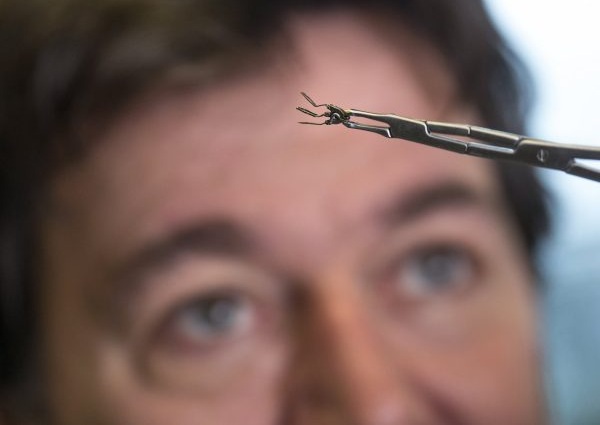
Pioneering Sutureless Coronary Bypass Technology to Eliminate Open-Chest Procedures
In patients with coronary artery disease, certain blood vessels may be narrowed or blocked, requiring a stent or a bypass (also known as diversion) to restore blood flow to the heart. Bypass surgeries... Read more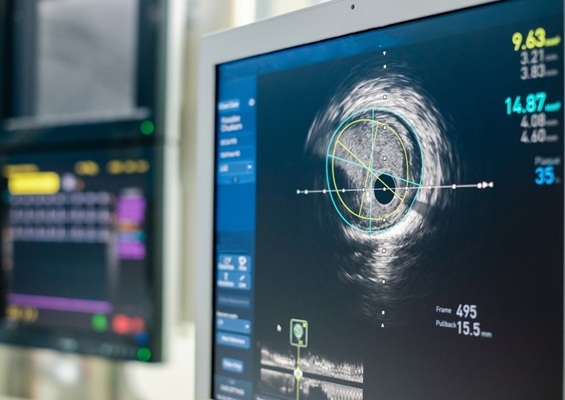
Intravascular Imaging for Guiding Stent Implantation Ensures Safer Stenting Procedures
Patients diagnosed with coronary artery disease, which is caused by plaque accumulation within the arteries leading to chest pain, shortness of breath, and potential heart attacks, frequently undergo percutaneous... Read more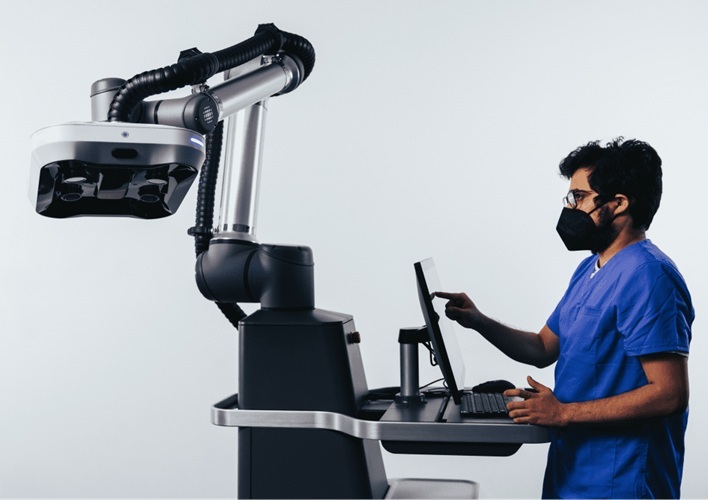
World's First AI Surgical Guidance Platform Allows Surgeons to Measure Success in Real-Time
Surgeons have always faced challenges in measuring their progress toward surgical goals during procedures. Traditionally, obtaining measurements required stepping out of the sterile environment to perform... Read morePatient Care
view channel
Portable Biosensor Platform to Reduce Hospital-Acquired Infections
Approximately 4 million patients in the European Union acquire healthcare-associated infections (HAIs) or nosocomial infections each year, with around 37,000 deaths directly resulting from these infections,... Read moreFirst-Of-Its-Kind Portable Germicidal Light Technology Disinfects High-Touch Clinical Surfaces in Seconds
Reducing healthcare-acquired infections (HAIs) remains a pressing issue within global healthcare systems. In the United States alone, 1.7 million patients contract HAIs annually, leading to approximately... Read more
Surgical Capacity Optimization Solution Helps Hospitals Boost OR Utilization
An innovative solution has the capability to transform surgical capacity utilization by targeting the root cause of surgical block time inefficiencies. Fujitsu Limited’s (Tokyo, Japan) Surgical Capacity... Read more
Game-Changing Innovation in Surgical Instrument Sterilization Significantly Improves OR Throughput
A groundbreaking innovation enables hospitals to significantly improve instrument processing time and throughput in operating rooms (ORs) and sterile processing departments. Turbett Surgical, Inc.... Read moreHealth IT
view channel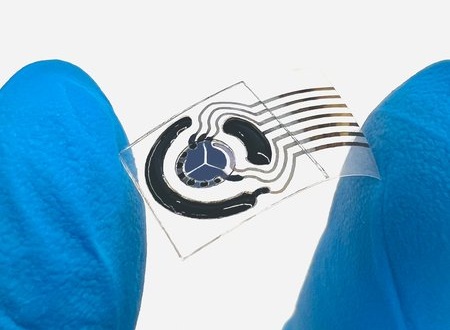
Printable Molecule-Selective Nanoparticles Enable Mass Production of Wearable Biosensors
The future of medicine is likely to focus on the personalization of healthcare—understanding exactly what an individual requires and delivering the appropriate combination of nutrients, metabolites, and... Read more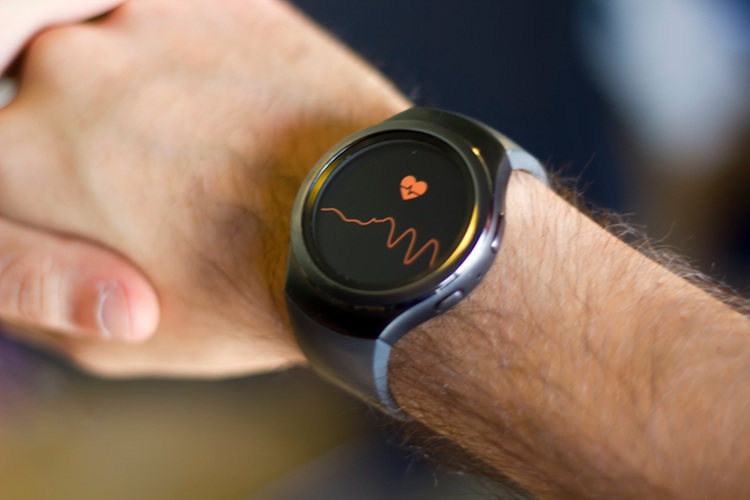
Smartwatches Could Detect Congestive Heart Failure
Diagnosing congestive heart failure (CHF) typically requires expensive and time-consuming imaging techniques like echocardiography, also known as cardiac ultrasound. Previously, detecting CHF by analyzing... Read moreBusiness
view channel
Expanded Collaboration to Transform OR Technology Through AI and Automation
The expansion of an existing collaboration between three leading companies aims to develop artificial intelligence (AI)-driven solutions for smart operating rooms with sophisticated monitoring and automation.... Read more




